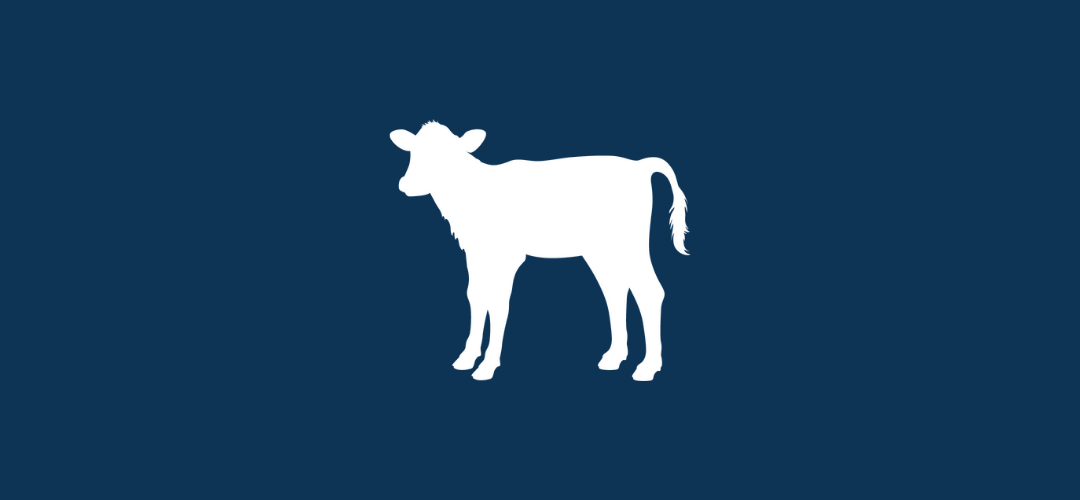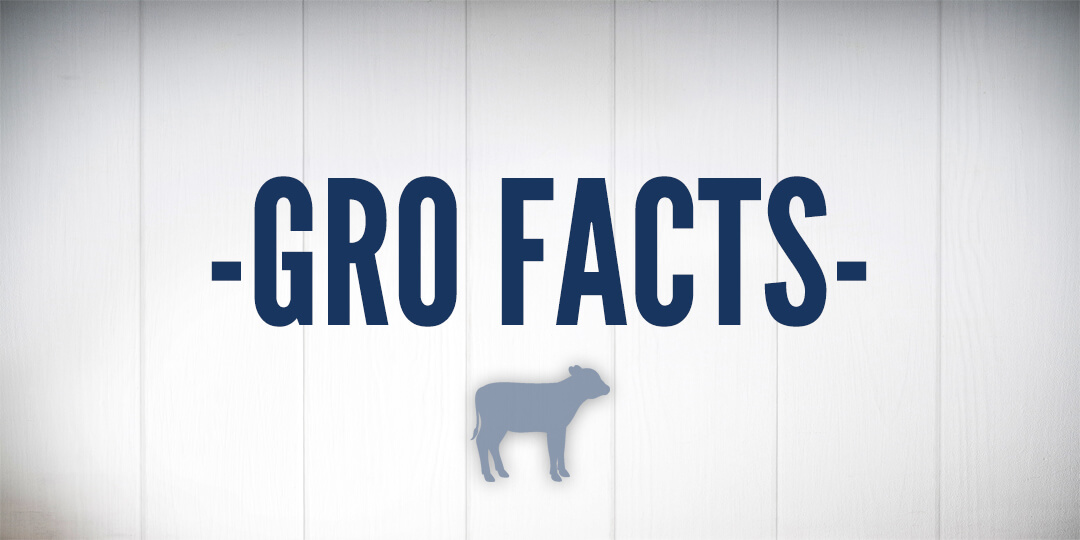-
Preventing Abomasal Bloat
- Sep 05, 2023
- By Grober Nutrition
- In Canada
Challenges faced by calves such as abomasal bloat and rumen drinking can often be avoided by maintaining optimal management practices. Symptoms of abomasal bloat Abomasal bloat onset tends to be difficult to alleviate, and there are many factors that can contribute to its onset. Often, calves less than 2 weeks…
-
Surplus Calf Care
- Aug 01, 2023
- By Grober Nutrition
- In Canada
Providing top care to both replacement heifers and the surplus calf is of utmost importance to improve profitability for the dairy farmer and veal or beef producer. Changes to the surplus calf market Discussions around surplus calf care have increased in recent years due to the genetic advancements of sexed…
-
Acidifying milk replacer – an effective management tool
- Feb 18, 2021
- By Grober Nutrition
- In Canada
Management strategy defines the success of calf programs. Calves are challenged from birth with an immature immune system and at the same time they are programmed to grow quickly. A large part of managing young calves is their feeding program. It is an important first step to ensure that the…
-
Gro Mega
- Feb 05, 2021
- By Grober Nutrition
- In Canada
Background As a major energy source, fat is an important element to consider in a calf milk replacer. Type of fat and the selection of emulsifiers impact the digestibility of triglycerides (fats), and thus subsequent metabolism and incorporation into body tissues. Fat, however, has other nutritional effects beyond a source…
-
What to consider when artificially raising lambs
- Sep 18, 2020
- By Grober Nutrition
- In Canada
There are several benefits to artificially raising lambs. In the case of dairy lambs, raising all of the lambs artificially allows for the greatest production of the ewe’s sellable milk. In the case of meat lambs, we are able to breed for the production of more lambs per ewe than…
-
Supplementing piglets with milk replacer at different stages of lactation
- Sep 17, 2020
- By Grober Nutrition
- In Canada
Three take home messages based on Grober Nutrition’s second on-farm piglet research trial. Research details Piglets were provided milk replacer at the beginning, middle or end of the lactation cycle while on the sow. Piglets were fed at 250 g/L of powder for a total of 3 L/day, compared to…
-
What three things should you consider for your colostrum program? Hint- this isn’t the usual spiel!
- Sep 15, 2020
- By Grober Nutrition
- In Canada
As calf research continues to progress, we are better able to intervene at key moments to positively alter a calf’s outcome. For instance, we know that testing maternal colostrum with a refractometer gives us the ability to ensure the calf will receive enough immunoglobulins in the first meal to reduce…
-
Seasonality & optimal calf care
- May 29, 2017
- By Grober Nutrition
- In Canada, USA
Changing seasons, and challenging seasonal extremes (cold, heat and humidity), add extra challenges for a young calf and the caregivers management must be dynamic in order to provide optimal care. A reminder of calf needs should be outlined, especially with the primary calf worker(s). Topics of focus should involve: Optimal…
-
The Pressure’s On – Prudent Antibiotic Use on-Farm
- Apr 03, 2017
- By Grober Nutrition
- In Canada, USA
Antibiotics are a useful tool on the farm. Farmers continue to practice responsible antibiotic use when an animal becomes sick and needs to be cared for and treated. Both human and animal medicine are experiencing challenges of certain antibiotic resistances, lending to changes in rules and regulations – a post…
-
Bull Calves Need Care Too
- Oct 11, 2016
- By Grober Nutrition
- In Canada, USA
By far, most bull calves will never become a lasting benefit to a dairy herd, and as such may not always receive the same level of care that heifer calves do. Harmonizing your calf rearing programs will yield positive results for all calves and your bottom line. All calves require…
-
Maximize Growth Potential & Production
- Aug 12, 2016
- By Grober Nutrition
- In Canada
Every farm environment has unique opportunities and challenges. Your young animals’ performance is determined by your ability to recognize their specific needs and to make the necessary adjustments to your feeding program based on their genetic potential, housing environment, and environmental conditions. The greater the producers’ ability to recognize the…
-
5 C’s Of Calf Care
- Aug 12, 2016
- By Grober Nutrition
- In Canada, USA
Every producer has individual opportunities and challenges due to their housing environment and management strategy. The key to maximizing growth, health, and long-term profitability is establishing a sound system of care for your pre-ruminant livestock. No matter the system you choose, ensuring these 5 keys to management are acknowledged…
Tag: colostrum
©2016 Grober Nutrition. All Rights Reserved.

















